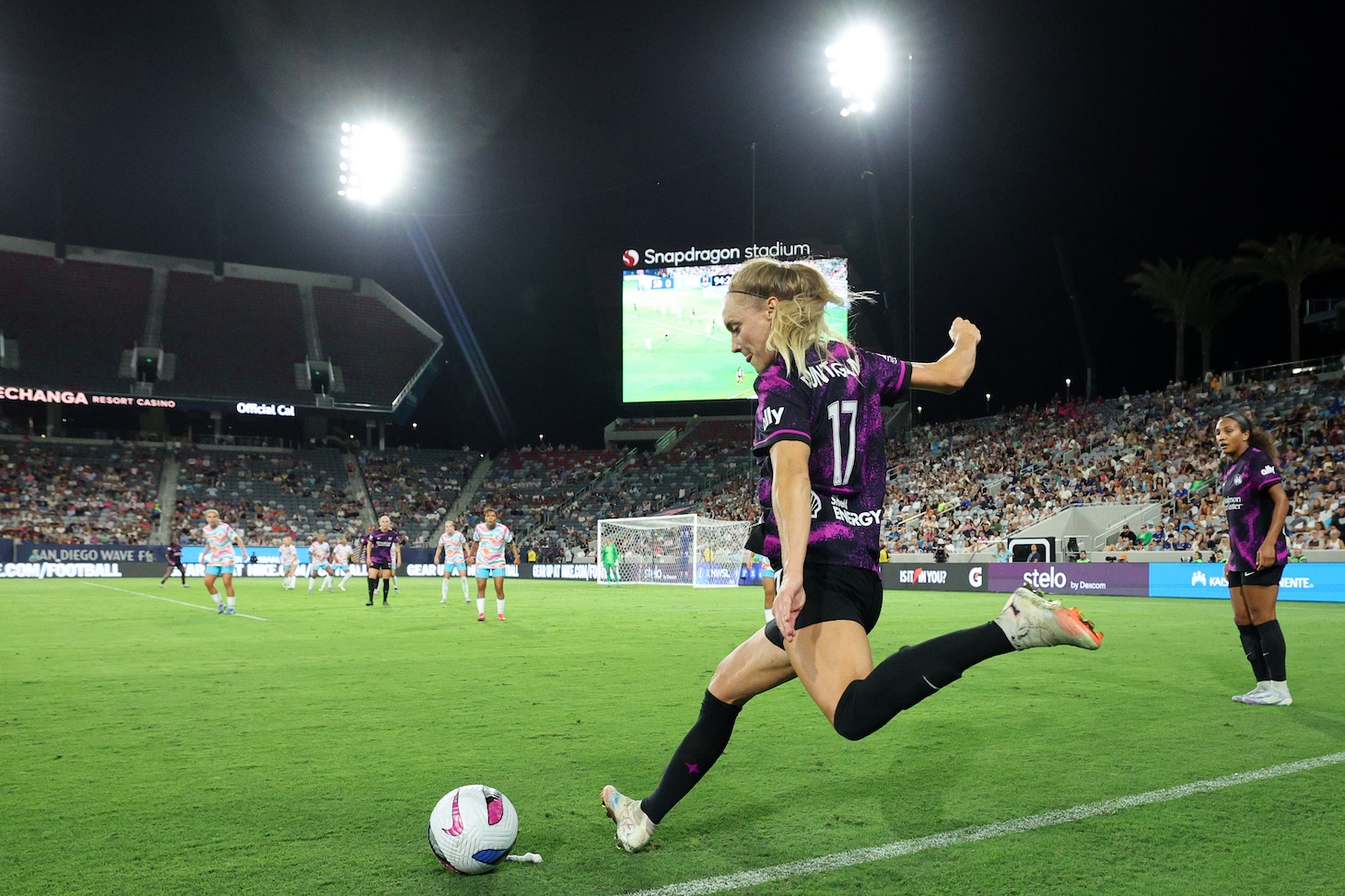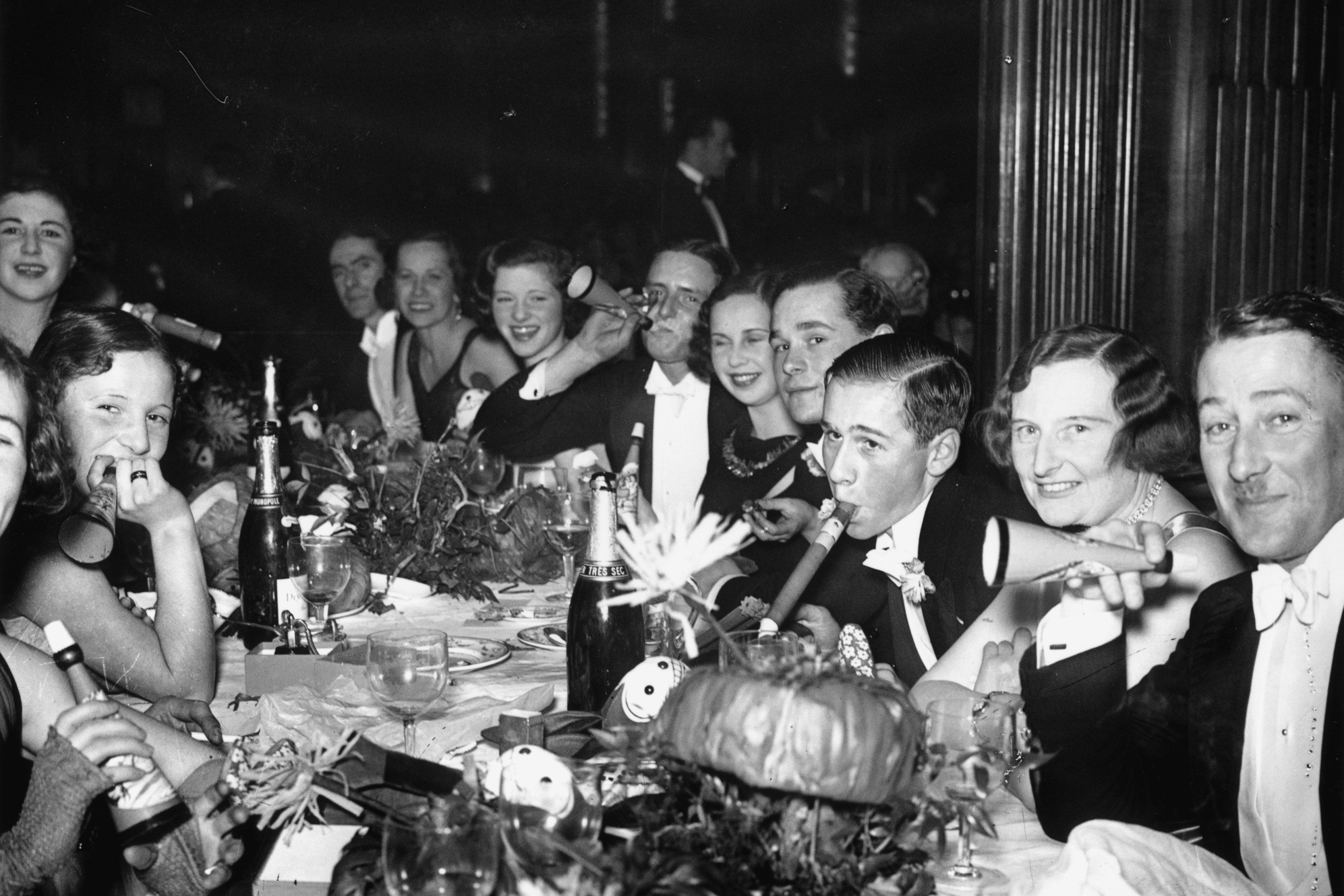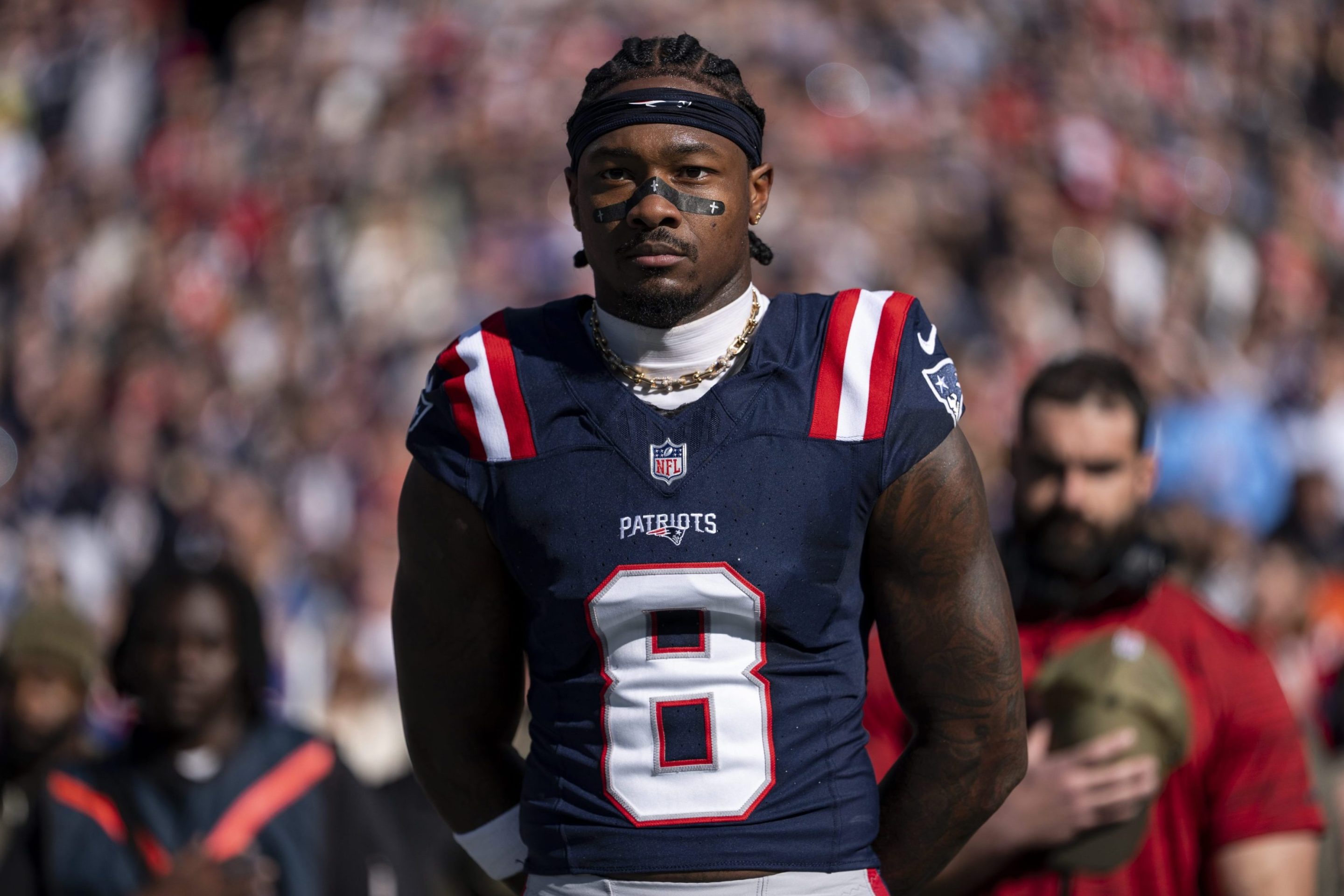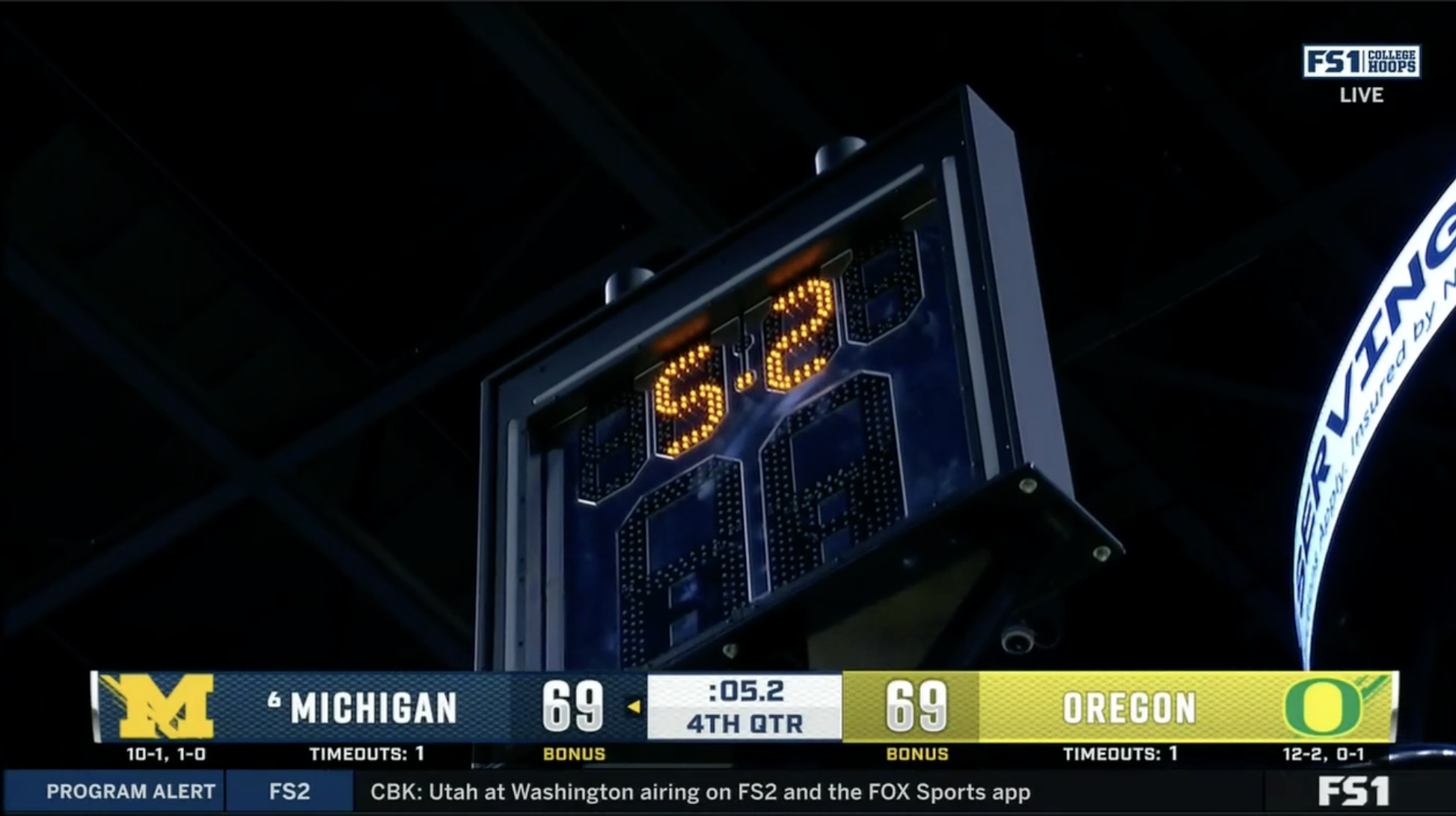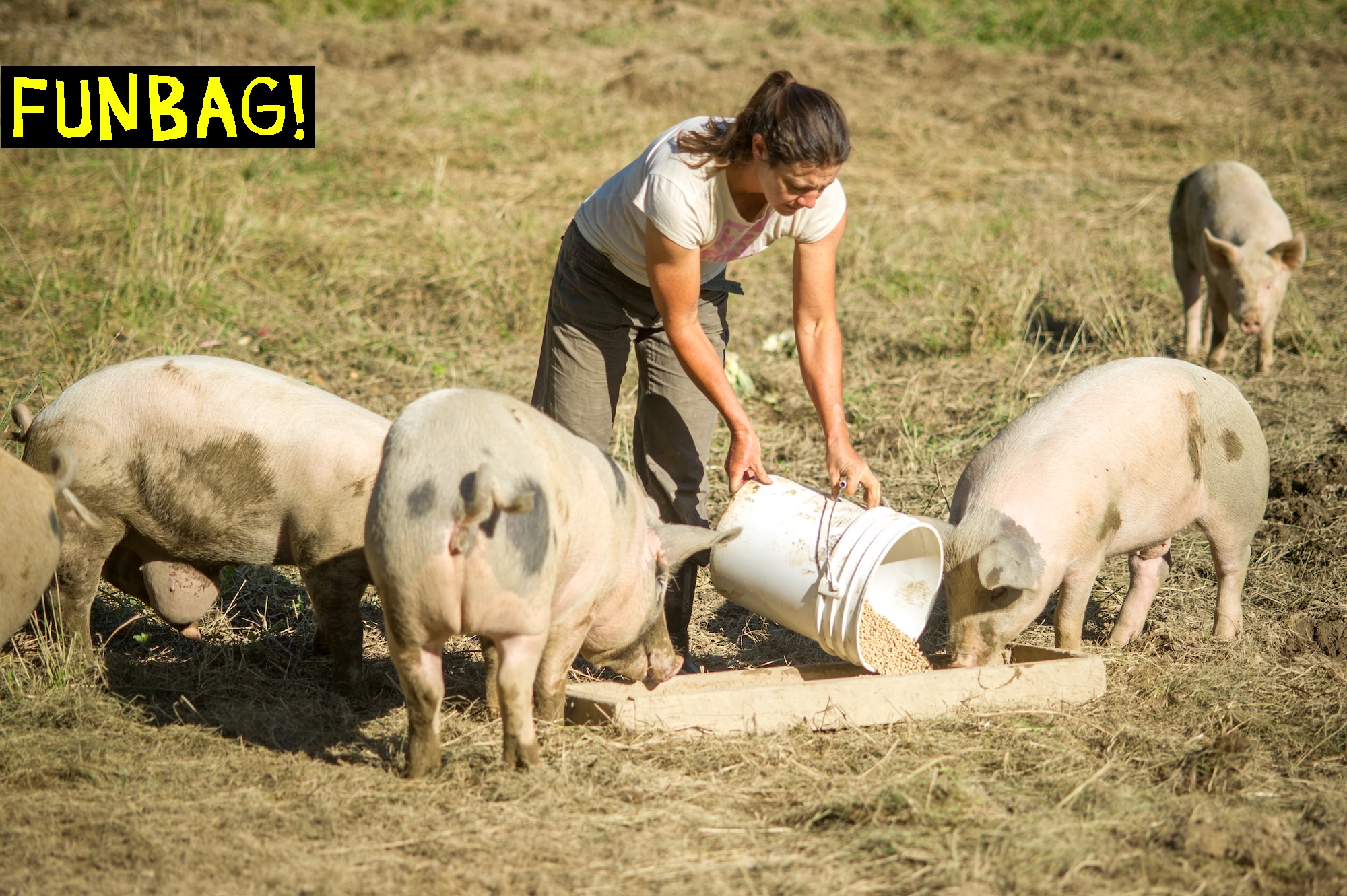If you would’ve told me at the summer break that the Utah Royals, Chicago Stars, and Houston Dash would each earn more points in the next seven matchweeks than the Orlando Pride or the San Diego Wave—hell, even if you told me they’d earn more points combined than either team—I would have laughed in your face. The Pride, last year’s shield and championship winners, finished Week 13 in a strong second place, leading the crowded middle of the pack with a respectable 25 points in total. San Diego was hot on their heels with 24. And those other teams? Doormats, each one of them. The Royals had managed a grand total of five points out of the first half of the season, the Stars got a whole six, and the Dash, only marginally better, eked out 11.
It’s long been clear that the biggest story of the season would be the Kansas City Current’s excellence—Vlatko Andonovski’s side’s formidable defending and relentless attack have put them in a position to clinch the shield this weekend, before any other team has even cemented a playoff slot. Below the Current is where things get interesting. Just 10 points separated second and 12th places when the league went on summer vacation after June 23.
I have worms in my brain, so bear with the comparison: This NWSL season was shaping up to look like the Taylor mountain scene in Taylor Swift’s 2017 music video for “Look What You Made Me Do.” A self-assured Swift stands atop a pile of other Swifts who are clawing and scraping for a chance to touch the feet of the top dog. In this comparison, the lesser Taylors represent the NWSL's midtable, the unpredictable majority of teams just trying to jostle their way to be first in line behind the Current. Below them, kicked off the side of the mountain and out of frame before the cameras got rolling, were the Dash, Stars, and Royals.
Lo and behold, a miracle! If the season were to have started when league play resumed in August, those bottom-dwellers would all be in the top half of the standings, while Orlando would be in second-to-last place and San Diego would be only one step ahead in 12th. In classic chaos-league fashion, the tables, literally, have been turned.
What happened? How did the bad teams start getting results, and why did two of the best drop off a cliff? As we speed into the final quarter of the season, the answers to these questions might mean everything.
Houston Dash
Mr. Morgan Brian, who took the helm of the Dash during the offseason, had the advantage of having nowhere to take them but up. Despite their measly results in the first half of the season, they were certainly more talented than last season, so in that respect his mission was accomplished. But the real question was if the pieces the Dash had been smart enough to acquire during the offseason—Yazmeen Ryan, Delanie Sheehan, and Maggie Graham, among others—would be given a system that worked. The answer for now seems to be a hopeful maybe. The Dash have been letting in goals, but since the break, their offense has almost always produced enough to make up for it. It’s hard to pinpoint specific players to credit with the offensive growth; seven different players have scored in the last seven games—a good sign for a team’s overall health. The Dash’s one loss so far was against the Royals, whose renovated defense has stymied even the best.
Chicago Stars
When the Stars made a freak comeback to tie the Seattle Reign on Aug. 18, I truly saw it as a fluke. But then they did it again against the North Carolina Courage, which suggested that maybe things were turning around. Still, it was hard to believe that breaking that spell under interim manager Ella Masar by introducing the fourth head coach of the season would keep the momentum going, but under Anders Jacobson, the Stars tied the surging Spirit then whooped the Pride, winning 5-2 on the shores of Lake Michigan. Since the midseason break, they haven’t lost a match. The combination of Ludmila in high gear, Jameese Joseph’s return from injury, Sam Staab in near-peak form, and Bea Franklin making a name for herself has powered this team to considerable improvement. Sure, most of their results since the break have been draws instead of wins, but in a league where the standings are so close, pulling points from other teams is almost as good as getting your own.
Utah Royals
Is it possible that losing their best player might be the best thing to ever happen to Jimmy Coenraets’s side? Utah kicked off August with the departure of Ally Sentnor, which should have been the death knell for the worst team in the league. But since then, they’ve lost only once, and that was against the Current, who they held to a respectable 1-0 scoreline. As mentioned above, it’s their defense that has gotten Utah those results, as they’ve only allowed four goals since the break. When they’ve scored—which has still been a struggle, as they were held scoreless in three matches in August—it’s been due to individual finishes, whether bold or sloppy, more than composed team efforts. (But, holy shit, this move from Paige Monaghan is one for the books.) Nevertheless, results are results, and Utah is getting more of them than most other teams right now.
San Diego Wave
In the first leg of his tenure in the NWSL, Jonas Eidevall implemented a system that worked in San Diego. His possession-based style was turning out results and getting the best out of stars Savannah McCaskill and Delphine Cascarino. But as some predicted in the midst of the Wave’s rise, their success rested on a house of cards. They were finishing an unusually high percentage of their chances, and in the back half of the season, their finishing has gone down the drain; they’ve been shut out of their last four matches. You might call it regression to the mean, you might blame the finishing gods, or this might be a team whose Cinderella streak just lasted longer than usual. Whatever it is, Eidevall has a lot to do to prove his Wave hasn’t crested.
Orlando Pride
As Kim McCauley said, it turns out that Barbra Banda was load-bearing for the Pride. After she acquired a freak injury on the other side of a poorly managed extreme heat delay in Kansas City on Aug. 16, the Pride lost three games in a row. Banda’s explosiveness, ability to make space out of nothing, and the way she sucks defenders away from her teammates are sorely missed for the uninspired Pride. But things were looking dire for them even before she got hurt—the Pride hadn’t, and still haven’t, won a match since June 13. What—and I mean this seriously—the fuck? Last season, the Pride’s stellar defense was enough to make Banda’s offensive contributions mean everything. Now, their defense has holes, y no hay Banda. If Seb Hines can’t figure out a way to shake his team out of their stupor, I'm not sure even Jacquie Ovalle can redeem them.
The strangest thing about these altered trajectories is that they might not even matter, at least as far as the standings go. The Week 20 table looks different than the Week 13 table, but also, weirdly enough, kind of the same. Utah and Chicago still find themselves as the last two teams in the standings, their recent pushes not yet enough to overcome their early season horrors. Kansas City has only been gaining steam. San Diego and Orlando, lousy as they may be playing, still find themselves close to the top of the middle crowd.
The most notable shift is the Washington Spirit, which is starting to break from the pack into a solid second place after seeing key players return from injury and making good mid-season acquisitions. Also, the Dash have managed to boost themselves up from the leader of the bottom-dwellers to the caboose of the middle bunch. It seems that Bay FC has replaced them on the lowest rung—no surprise, considering Bay has an allegedly toxic lame duck coach who grossly underused Asisat Oshoala, now departed for Al Hilal.
Anyone who’s had half an eye on the NWSL for a few seasons will recognize that this nuttiness is actually pretty typical. The league’s parity is its calling card, which has been said so much I’m pretty sure I’ve started hearing it in my dreams. That parity is stewarded by a salary cap that is low in comparison to what the top teams in other leagues are able to spend. In turn, the cap is a restriction as much as it is an opportunity. Thus, much has been made of the league’s viability in a global market where competitors can and do spend a pretty penny on top players.
The flames of this discourse were most recently fanned, of course, by Chelsea’s poaching of Angel City’s homegrown young talent Alyssa Thompson for more than $1 million, just as the club was ramping up its playoff push. That transfer is the most concerning sign yet that the league needs to rethink its relatively low salary cap—if top players can get paid more elsewhere, why wouldn’t they?
League commissioner Jessica Berman doesn’t seem to be concerned about this. In a press conference on Thursday, she said, “We are quite confident that the value proposition that we offer to players is compelling and we’ll continue to attract and retain the best players.” To the league's credit, the games this season have been thrilling, and they’ll continue to be so, judging by the sardine can that is the middle of the standings as we race toward playoffs. But the flip side of cap-enforced parity is discouraged excellence, both at the team level and, if the cap continues to send the best of the best to Europe, at the player level. The NWSL should always strive to be the best league in the world. To get and stay there, it will have to keep tweaking things to ensure that the league-wide parity its rules promote is an equality of goodness rather than equal mediocrity.
Coming into the final stretch of this season, no team is mathematically eliminated from playoff contention, but the holes Chicago and Utah flung themselves into in the first half of the season makes any hopes for a berth seem futile, even now. But the NWSL runs on chaos like America runs on, well, chaos—and if the league has taught me anything, it’s to not count any team out until they’re out.
